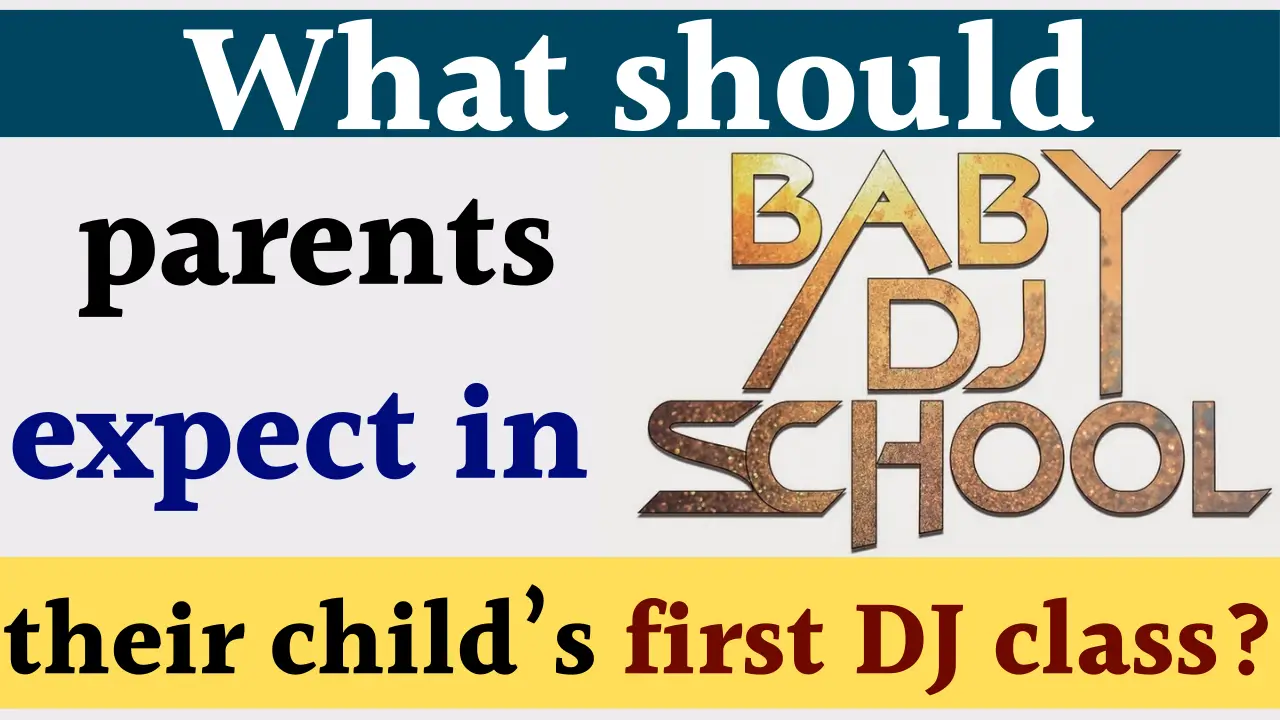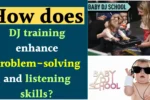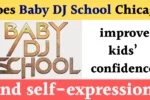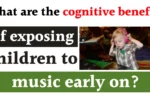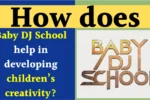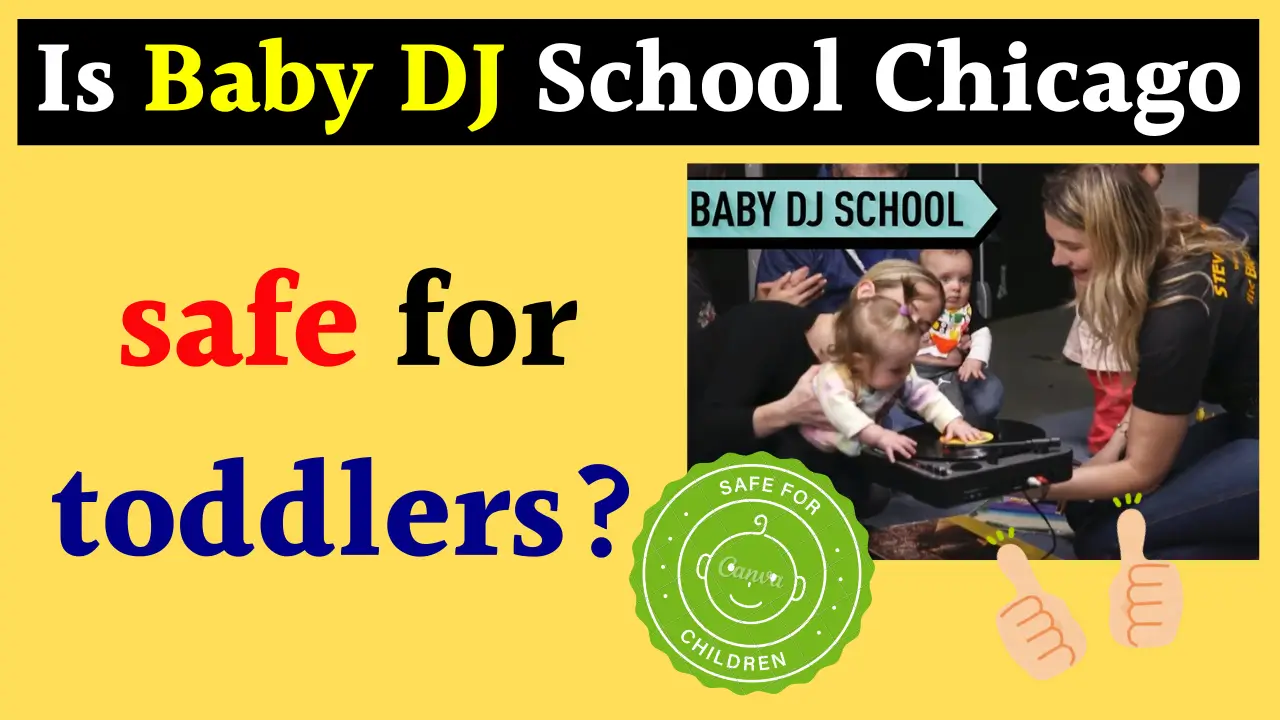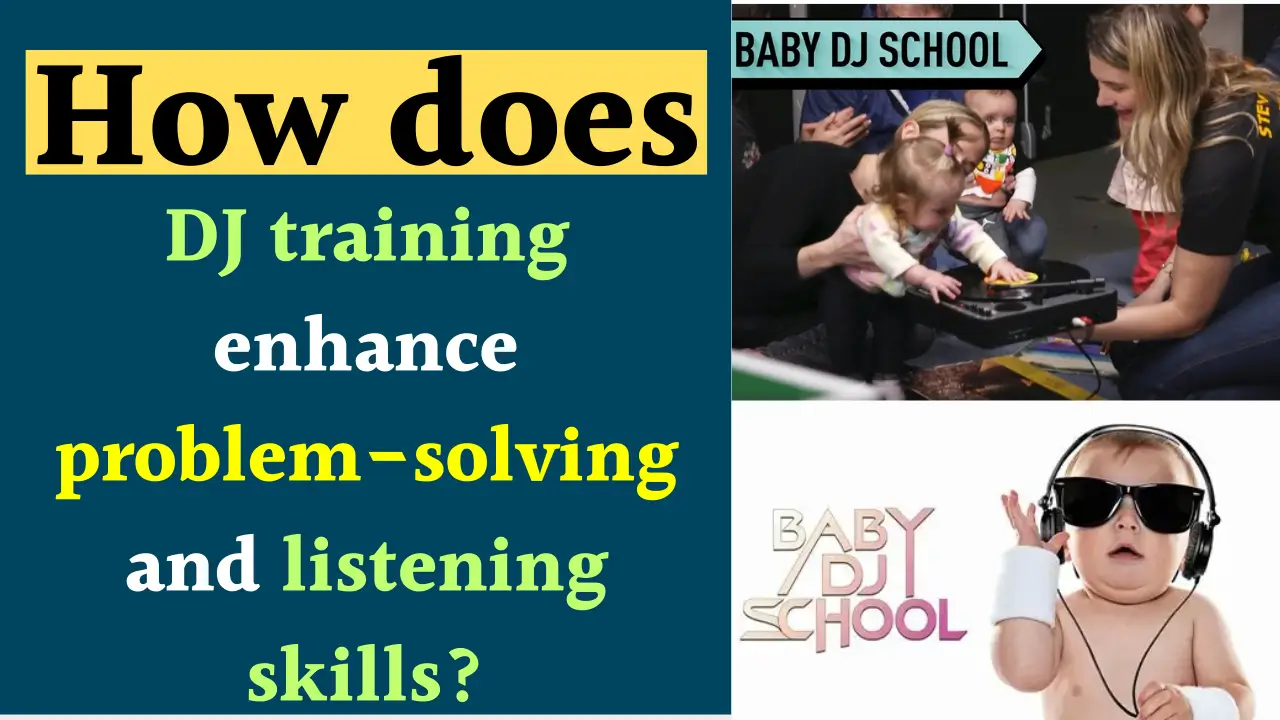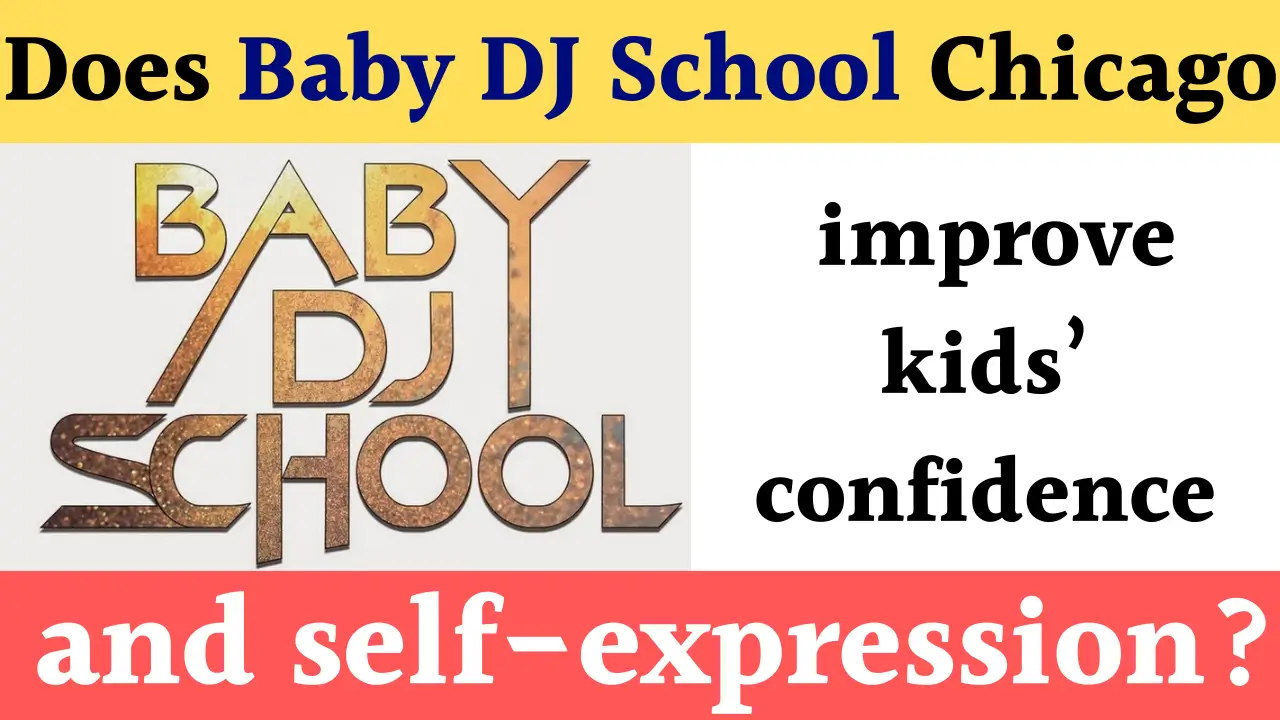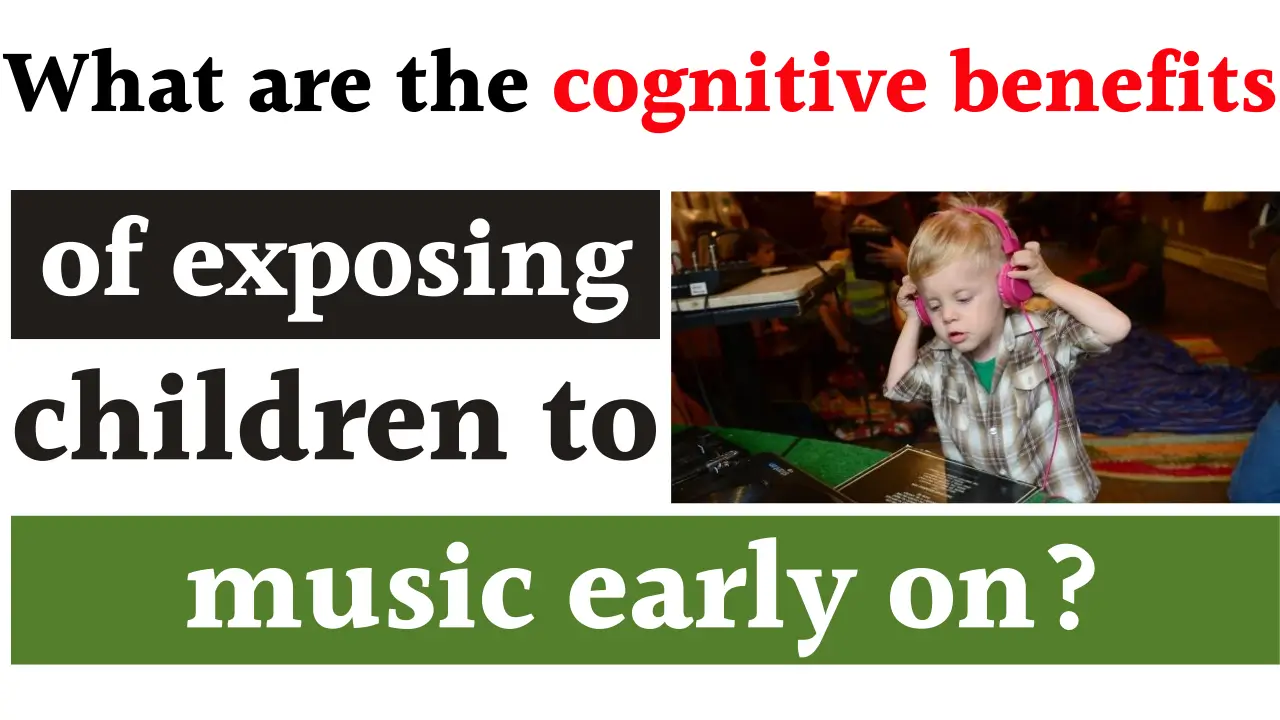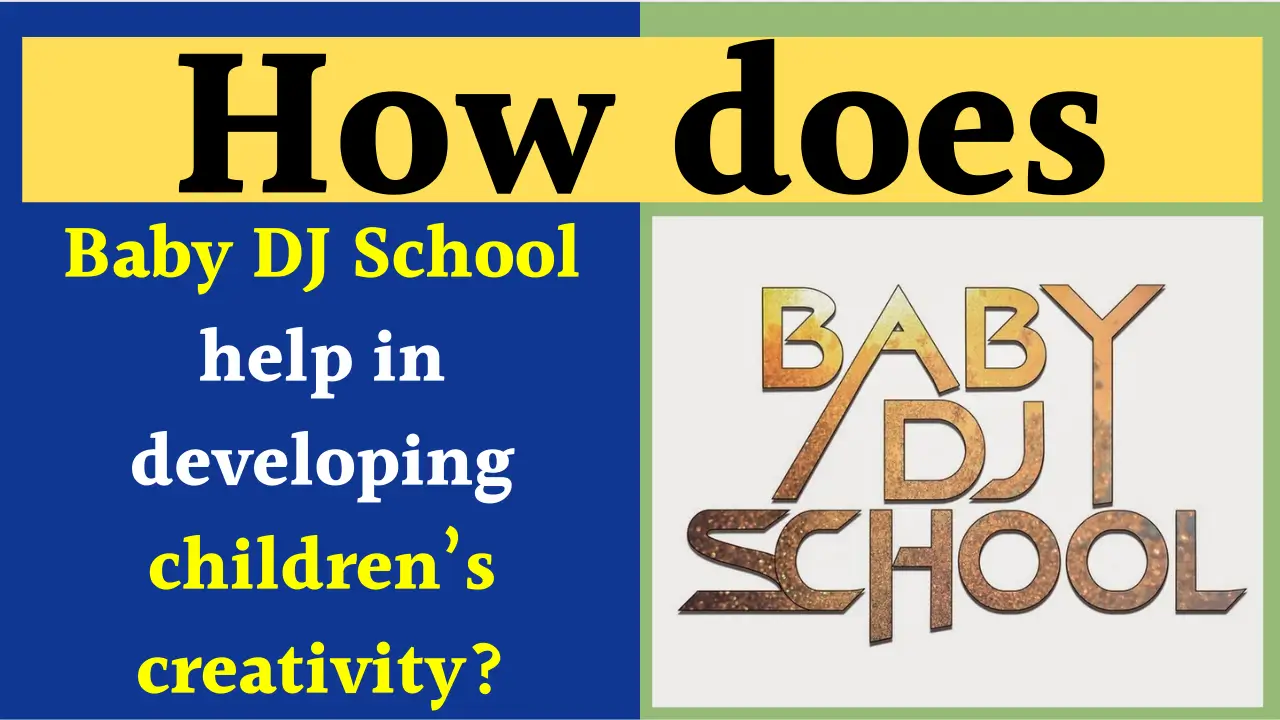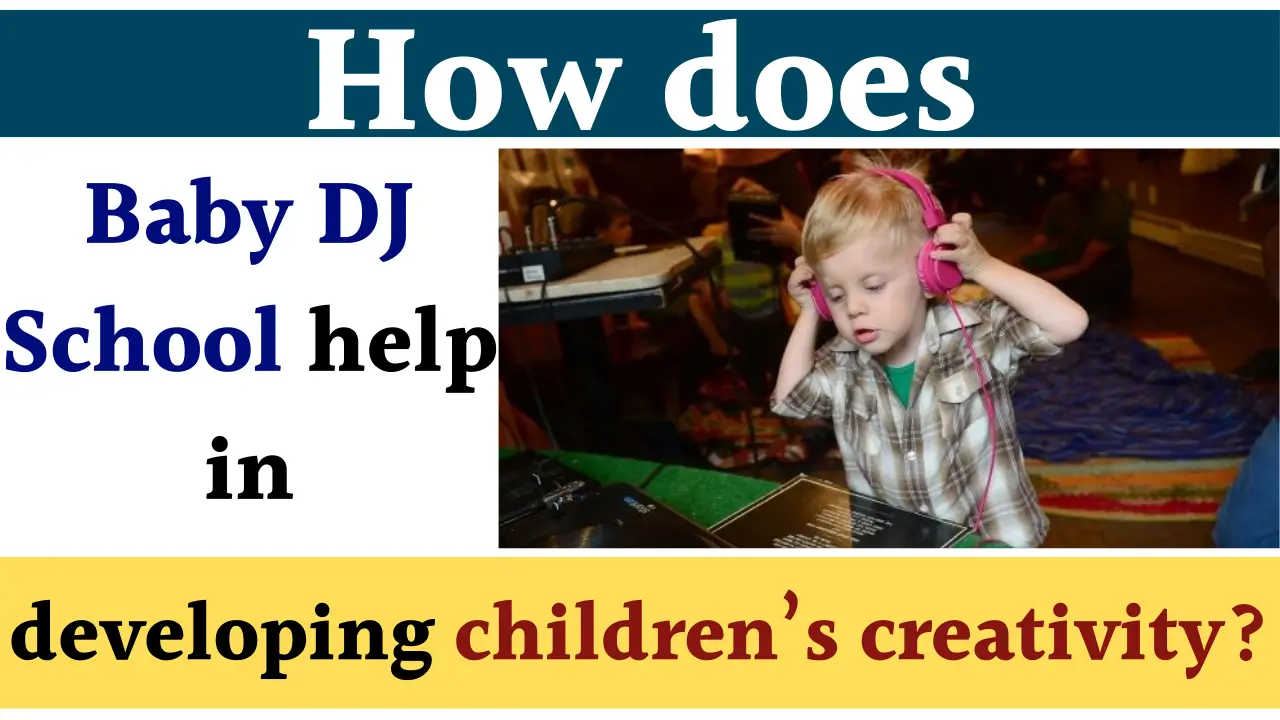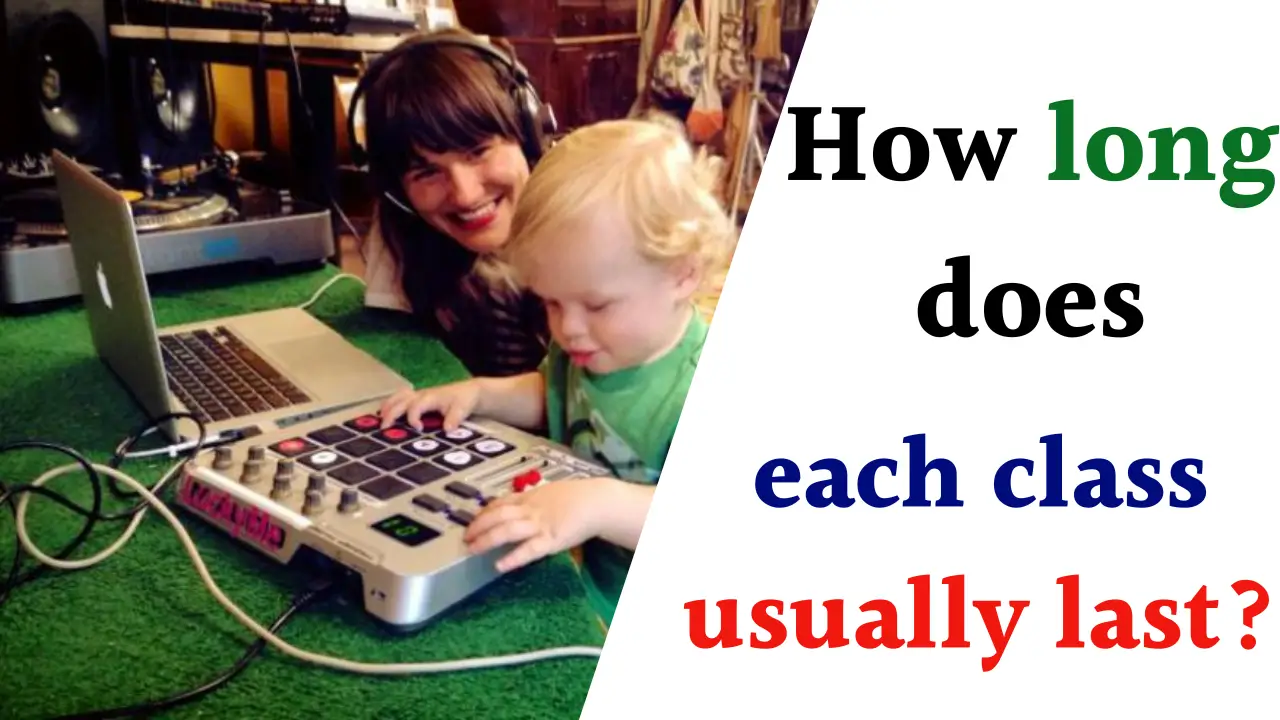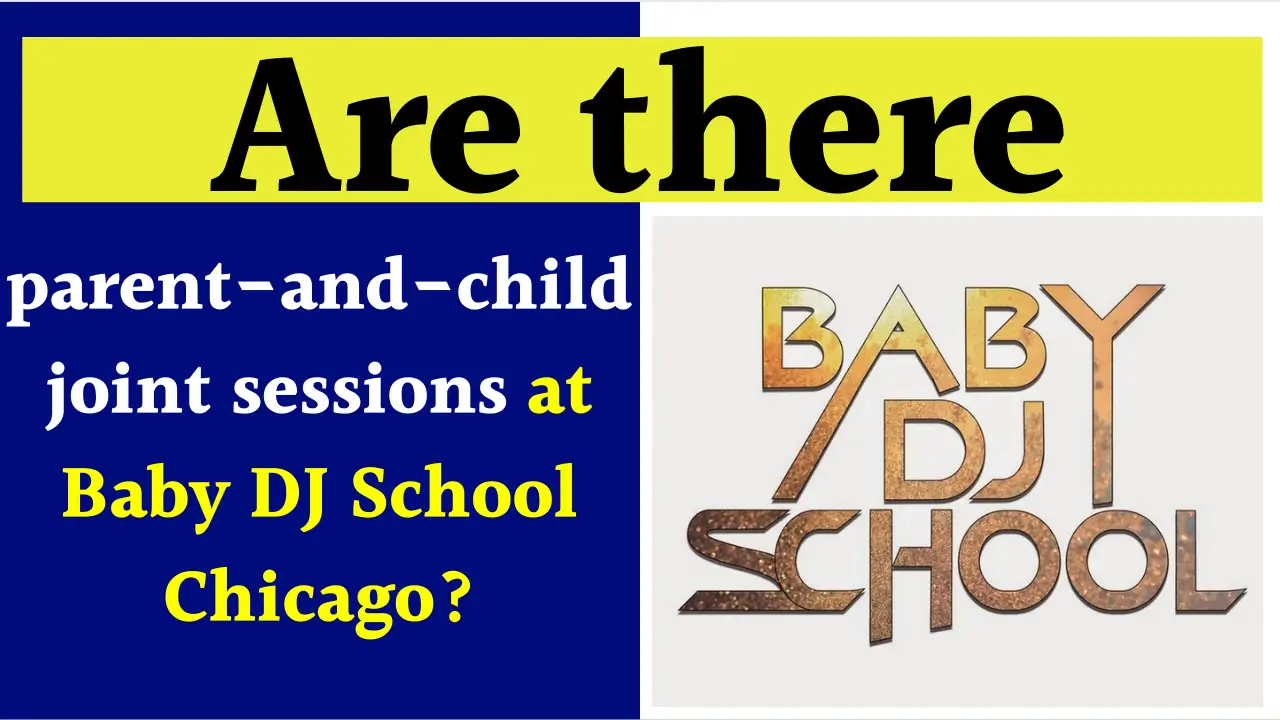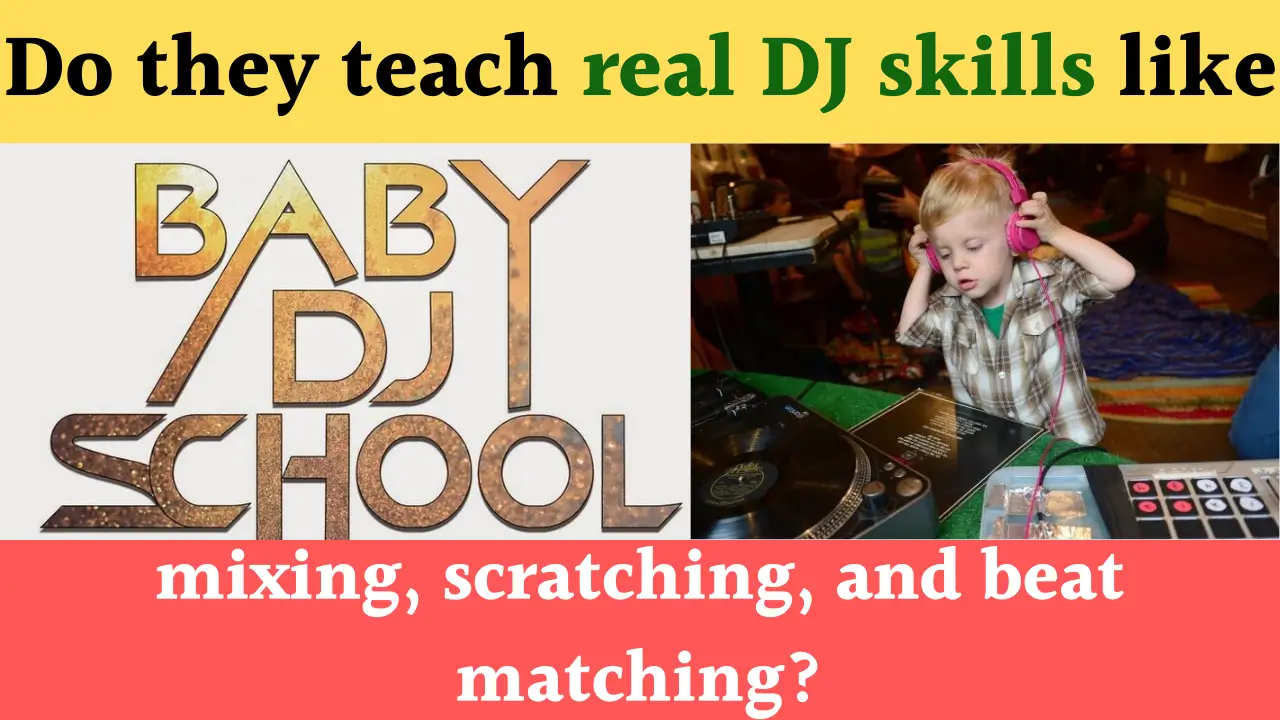Parents enrolling their child in a first DJ class should expect a fun, hands-on introduction to music mixing, DJ equipment, and foundational creative skills. Children’s DJ lessons are designed to foster confidence, creativity, and technical understanding in a supportive, interactive environment, often with opportunities to perform and collaborate.
What Happens in a Child’s First DJ Class?
- Kids are greeted by friendly instructors, often in a group or one-on-one setting, with equipment provided and a focus on safety and enjoyment.
- The course begins with a quick overview of DJ equipment, including turntables, mixers, controllers, and software, all introduced in a tactile, accessible way suitable for children.
- Children learn basic music theory — understanding beats, bars, and tempos — and the concept of beatmatching and mixing, tailored to their age group.
- Playlists are curated from music the kids already enjoy, making the process engaging and meaningful.
Key Skills Children Learn
| Skill Area | What Kids Gain | Age Suitability |
|---|---|---|
| Technical Skills | DJ hardware/software basics | Age 6-15 |
| Creativity | Mixing tracks, playlist curation | All ages; adapted by instructor |
| Performance | Confidence building, live practice | Typically 8+, suited for group/solo |
| Listening & Rhythm | Beatmatching, musical structure | All ages |
| Technology | Using pro-DJ equipment & software | Age 6+, no prior experience needed |
| Social Collaboration | Group mixing, peer feedback | Group classes (8-14), solo also available |
Format and Structure of Kids’ DJ Lessons
- Sessions usually last around an hour and run in small groups by age, such as 8-11 or 11-14.
- 1-on-1 lessons and group classes on weekends or as part of summer holiday camps are common.
- No personal equipment is required; all tools are provided, allowing parents to observe from comfortable waiting areas.
- Upon completion, children receive certificates, feedback, and often a chance to perform a live DJ set for peers or parents.
Learning Outcomes & Benefits
- Improved confidence from live performances and positive feedback.
- Technology skills: Exposure to industry-standard DJ software like Serato, often at certified DJ schools.
- Social and creative development: Collaborating, listening, and sharing experiences with friends in class.
- Enhanced musical appreciation and discipline through playful exploration and structured lessons.
What Parents Should Prepare and Expect
- No prior musical training or hardware needed; lessons adapt to a child’s experience and interest.
- Tutors are trained in child safeguarding, and classes are set up to be inclusive, catering to special educational needs where required.
- Children should expect a fun, supportive environment, with plenty of hands-on practice and creative encouragement.
- Many DJ schools now run year-round programs, with opportunities for further learning, including advanced courses and music production.
Bulleted Checklist for Parents
- Expect easy-to-understand introductions to DJ equipment and software.
- Prepare for energetic, group-based activities encouraging collaboration.
- Look forward to boosting your child’s confidence by performing in front of others.
- Benefit from attentive, DBS-checked instructors focused on safety and progress.
- Anticipate your child receiving certificates or achievement reports at the end of the course.
- No equipment purchase or prior experience necessary; everything required is provided by the academy.
- Classes integrate fun with learning, combining music theory, technology skills, and playful creativity.
- If needed, special provision can be made for children with specific educational needs.
Latest Developments in Kids DJ Education (2025)
- Music schools increasingly offer summer DJ camps and year-round courses aligned with the latest technological advancements.
- Professional certification, such as Serato Accredited DJ Schools, ensures children have access to up-to-date equipment and software, enhancing the credibility and relevance of their training.
- Schools are incorporating live performance elements as a standard, helping kids showcase their skills and gain public confidence early.
- Creative collaboration and peer feedback are now often emphasized, cultivating teamwork and shared artistic growth.
- DJ education is being integrated in primary schools in some regions, occasionally offered during lunchtime sessions for a fun, accessible entry into music mixing.
- More schools are catering to diverse learning needs and backgrounds, supporting children with SEN or differing musical interests.
Table: What Kids and Parents Can Expect
| Component | What to Expect | Parent Opportunity/Role |
|---|---|---|
| Class Format | Group or private lessons; 1hr/session | Observe, encourage, or join group |
| Equipment | Provided by school, age-appropriate | No purchase required |
| Curriculum | Mixing basics, music theory, performance | Follow child’s progress |
| Instructor Credentials | Trained, DBS-checked, music professionals | Meet instructors, discuss goals |
| Child Development Focus | Confidence, IT and creative skills | View showcases, celebrate achievements |
| Certification & Feedback | End-of-course certificate/report | Share accomplishment, next steps |
| Continuing Opportunities | Advanced lessons, camps, performance | Support ongoing learning |
Final Thoughts
A child’s first DJ class is a vibrant, modern blend of music and technology, designed to inspire confidence, creativity, and new friendships. Parents can expect their child to leave with tangible skills, a love for music, and the excitement of performing—making DJ lessons a memorable, empowering experience.
